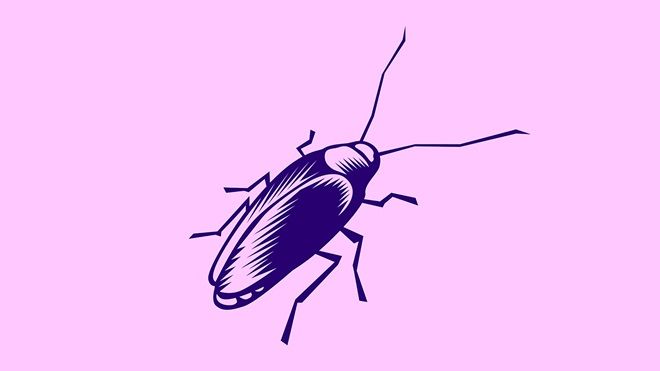There's nothing like an unexpected cockroach sighting to turn grown men and women into squealing messes. How did it get in? Where did it come from? And let's not get started on the joys of a full-scale infestation.
Unfortunately, it's unlikely you'll ever be completely rid of cockroaches in your home, and cockroach killers can be toxic to humans and pets as well as insects.
So how do you make sure you keep the cockroaches under control while keeping your household safe?
CHOICE no longer reviews pest control for cockroaches.
On this page:
- Exclusion zones to keep kids and pets safe
- How safe is my cockroach killer?
- How to get rid of cockroaches
We're on your side
For more than 60 years, we've been making a difference for Australian consumers. In that time, we've never taken ads or sponsorship.
Instead we're funded by members who value expert reviews and independent product testing.
With no self-interest behind our advice, you don't just buy smarter, you get the answers that you need.
You know without hesitation what's safe for you and your family.
And you'll never be alone when something goes wrong or a business treats you unfairly.
Learn more about CHOICE membership today
Exclusion zones to keep kids and pets safe
Exclusion zones can be a useful way of keeping children and pets safe from cockroach killers. Creating exclusion zones will also enhance the effectiveness of pesticide application.
Since cockroaches like closed, dark spaces, you can target the insecticide in areas that have limited access to babies and pets, such as ground-level cupboards, under the sink, and behind the fridge.
The best way to avoid a child or pet accidentally ingesting a cockroach killer is to prevent cockroaches in the first place: keep your home clean, take out the bins often and store food in sealed containers. If that's not possible or that particular horse has bolted, pick the safest cockroach killer you can.
How safe is my cockroach killer?
Cockroach killers can be poisonous if ingested, and some of their chemicals can accumulate and remain in our bodies for years.
To find out the toxicity of a cockroach killer, pay attention to the signal heading at the top of the product label – it gives you a warning as to how poisonous the product is.
- No signal heading means the product is relatively safe to use.
- CAUTION means the product is a low to moderate hazard, and could cause irritation to the skin or eyes.
- POISON is very hazardous and can cause poisoning if it enters the body.
- DANGEROUS POISON means the product is extremely hazardous – just a small amount can cause poisoning or even death if it enters the body.
How to get rid of cockroaches
There are three main types of cockroach killers:
- surface sprays
- baits and traps
- knockdown sprays.
Surface sprays
Surface sprays offer preventative, long-term control. Their active ingredients tend to be synthetic pyrethroids, which interfere with the cockroaches nerve function, causing paralysis and eventually death.
Some also contain an insect growth regulator, which works to inhibit the lifecycle of the cockroach.
- Surface sprays are best applied to cracks, crevices and gaps, as well as inside rubbish bins, cupboards, drawers and shelves.
- Don't treat surfaces where food is handled, or that are washed regularly, with surface spray.
- If treating food storage areas, ensure food is sealed and removed first, and only replace it once the treatment has dried.
- Always wash hands after use.
Baits and traps
Baits and traps also provide long-term cockroach control, but can be more effective if used with a surface spray.
The active ingredient generally used in baits and traps is indoxacarb, which blocks sodium channels in an insect's nervous system, leading to dehydration and death.
- Place them in corners and along edges where cockroaches travel.
- Don't contaminate baits or traps with surface or knockdown sprays, as this will repel the cockroaches and make the baits and traps ineffective.
Knockdown sprays
Knockdown sprays, which also tend to use synthetic pyrethroids, target individual cockroaches and provide a quick response.
They're not all created equal, though, and not all will stop a cockroach in its tracks – some are more effective on little German cockroaches than the big American ones.
Stock images: Getty, unless otherwise stated.



